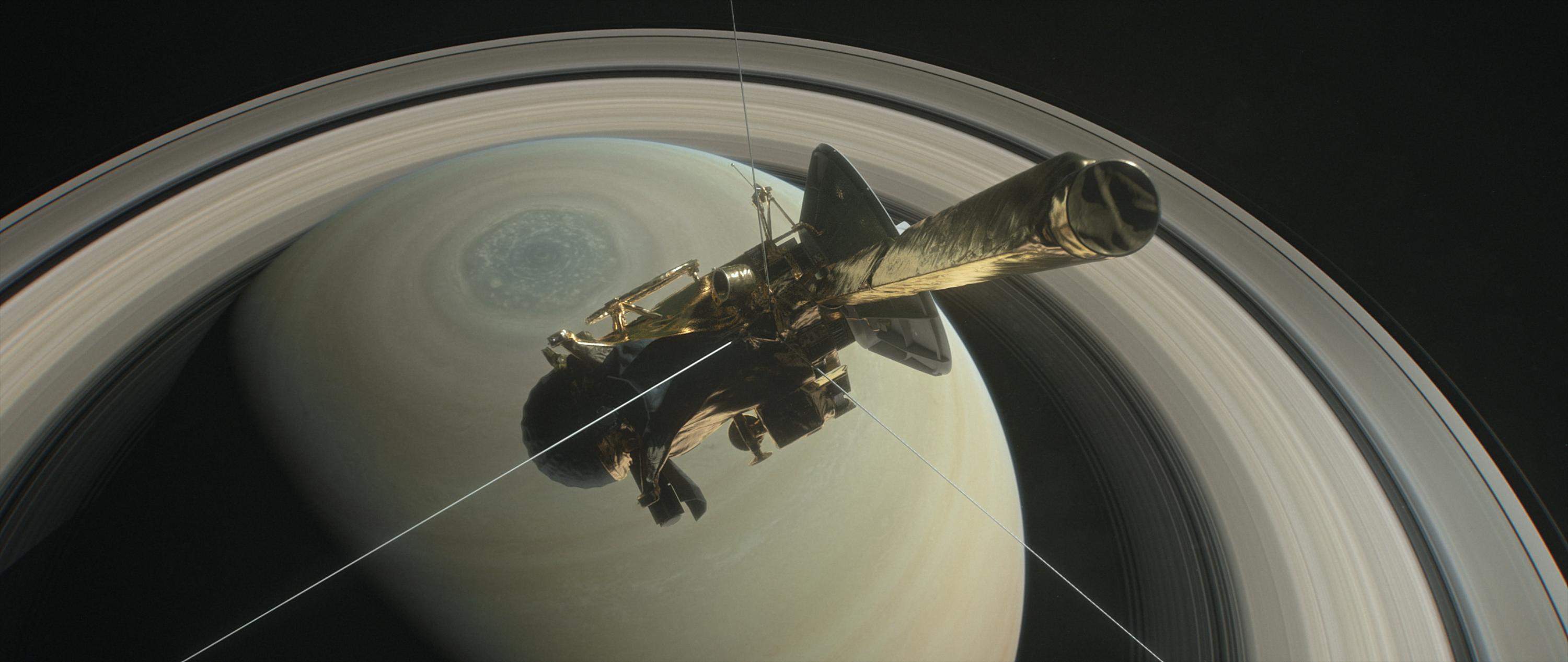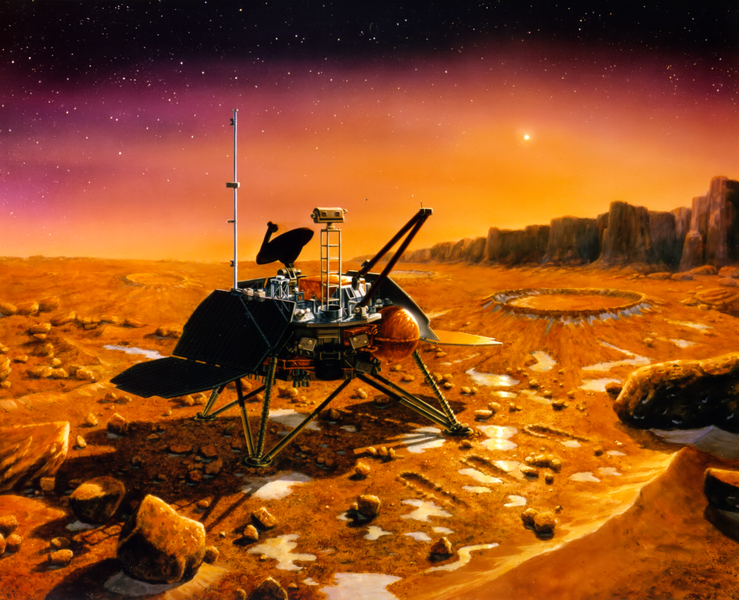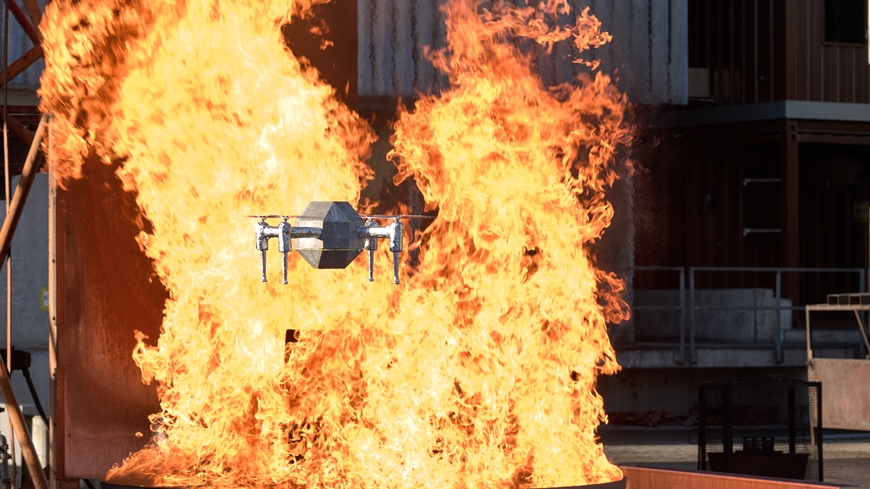On Sept. 15, Cassini, the space probe that has been orbiting Saturn since 2004, will plunge into the icy atmosphere of the ringed planet in a dramatic ending to its mechanical lifespan. In a phase of the mission referred to as the Grand Finale, Cassini will make its swan song by attempting a daredevil pass between Saturn and its inner rings, and a flyby of the planet’s largest moon, Titan.
Cassini did an incredible amount of science during its nearly 20-year run. (The probe was launched on Oct. 15, 1997.) Some of the mission highlights include:
The Huygens probe, which landed on the surface of Titan;
The discovery of active, icy plumes on the moon Enceladus, which were found to contain water ice—a prerequisite for life as we know it;
The observation that Saturn’s rings were dynamic and active, giving scientists insight to the formation of planets.
From NASA, here is Cassini’s final itinerary before becoming a part of history:
- Sept. 9 — Cassini will make the last of 22 passes between Saturn itself and its rings — closest approach is 1,044 miles (1,680 kilometers) above the clouds tops.
- Sept. 11 — Cassini will make a distant flyby of Saturn’s largest moon, Titan. Even though the spacecraft will be at 73,974 miles (119,049 kilometers) away, the gravitational influence of the moon will slow down the spacecraft slightly as it speeds past. A few days later, instead of passing through the outermost fringes of Saturn’s atmosphere, Cassini will dive in too deep to survive the friction and heating.
- Sept. 14 — Cassini’s imaging cameras take their last look around the Saturn system, sending back pictures of moons Titan and Enceladus, the hexagon-shaped jet stream around the planet’s north pole, and features in the rings.
- Sept. 14 (5:45 p.m. EDT / 2:45 p.m. PDT) — Cassini turns its antenna to point at Earth, begins a communications link that will continue until end of mission, and sends back its final images and other data collected along the way.
- Sept. 15 (4:37 a.m. EDT / 1:37 a.m. PDT) — The “final plunge” begins. The spacecraft starts a 5-minute roll to position INMS for optimal sampling of the atmosphere, transmitting data in near real time from now to end of mission.
- Sept. 15 (7:53 a.m. EDT / 4:53 a.m. PDT) — Cassini enters Saturn’s atmosphere. Its thrusters fire at 10 percent of their capacity to maintain directional stability, enabling the spacecraft’s high-gain antenna to remain pointed at Earth and allowing continued transmission of data.
- Sept. 15 (7:54 a.m. EDT / 4:54 a.m. PDT) — Cassini’s thrusters are at 100 percent of capacity. Atmospheric forces overwhelm the thrusters’ capacity to maintain control of the spacecraft’s orientation, and the high-gain antenna loses its lock on Earth. At this moment, expected to occur about 940 miles (1,510 kilometers) above Saturn’s cloud tops, communication from the spacecraft will cease, and Cassini’s mission of exploration will have concluded. The spacecraft will break up like a meteor moments later.







